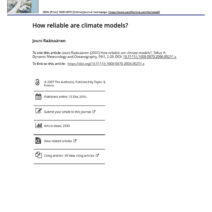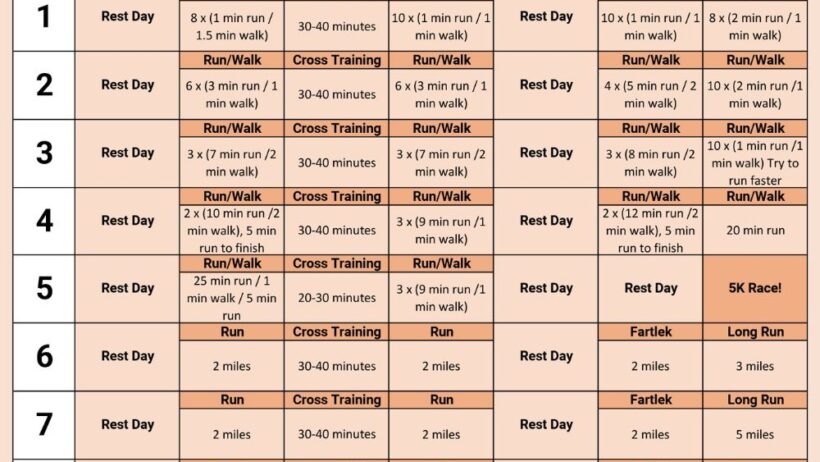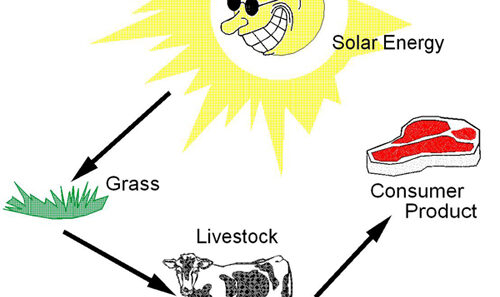Running a half marathon is akin to setting sail on a long voyage; it’s not merely about the destination, but also the journey and how you navigate through challenges along the way. Just as a sailor optimally harnesses the winds to conserve energy during their travels, a runner can adopt strategies to maximize efficiency and conserve energy throughout their race. This endeavor, while primarily focused on physicality, serves as a metaphor for our broader responsibility to sustain the environment. Herein lies a compendium of strategies to conserve energy, not merely for the runner’s benefit but as a parallel to our efforts in conserving the planet’s resources.
Understanding Your Body’s Energy System
Before embarking on a half marathon, it is paramount to comprehend the intricacies of the body’s energy systems. There are three primary energy systems: the ATP-CP system provides immediate energy for short bursts, the anaerobic glycolytic system supports longer periods of intense activity, and the aerobic system is what fuels endurance running. As a runner transitions into longer distances, reliance shifts predominantly towards aerobic metabolism, where oxygen plays a crucial role in energy production. Just as the earth’s natural systems rely on balanced energy exchanges, so too must runners find equilibrium in their pacing and effort.
Pacing: The Key to Endurance
Pacing during the race can be likened to managing the throttle on a sailboat; if you push too hard too soon, you risk burning out before reaching your goal. Establishing a sustainable pace not only conserves energy but also allows runners to enjoy the atmosphere around them. Start with a pace that feels comfortable, respecting the rhythm of your body, and gradually build upon that foundation. This strategy does not only minimize energy expenditure but also enhances mental endurance—a critical aspect of long-distance running.
Proper Hydration: The Fuel of Life
Hydration is another critical component in conserving energy. Water is the lifeblood that circulates through both human bodies and the ecosystems around us. Dehydration can lead to fatigue and decreased performance, akin to a ship running aground due to insufficient wind in its sails. Runners should hydrate adequately before, during, and after the marathon; appropriating electrolytes will ensure your body remains in optimal condition, thus conserving vital energy over the distance.
Nutrition: Energy Management
The metaphor of fuel cannot be overlooked when examining nutritional choices. Just as an automobile requires the right type of fuel for efficiency, so does a runner need to fine-tune their pre-race meal. Consuming easily digestible carbohydrates 2 to 3 hours prior to the race can offer a stable energy source. During the race, strategic energy gels or snacks can provide much-needed boosts without weighing the runner down. A well-thought-out nutritional strategy is essential for energy conservation, allowing one to traverse the marathon landscape with minimal exertion.
Footwear and Gear: The Aegis Against Fatigue
Choosing the right footwear is akin to selecting the finest sails for swift movement across water. Lightweight, appropriately cushioned shoes can minimize the energy required for each stride, allowing runners to conserve energy over long distances. Additionally, breathable, moisture-wicking attire can help maintain body temperature and comfort, reducing fatigue. Just as sailors must choose their gear wisely, so too must runners make informed choices to harness their potential effectively.
Mindfulness in Running: Ecology of Thought
The psychological facets of running cannot be understated. Mindfulness in running fosters a deeper connection to the body’s rhythms and attunes the athlete to the terrain underfoot. By engaging in this practice, runners can circumvent unnecessary strain and conserve emotional energy, thereby enhancing overall performance. Similar to how we need to cultivate awareness of our environmental actions, runners should practice attunement to their body’s signals. Each breath, footfall, and heartbeat becomes a note in the symphony of endurance.
Environmental Considerations: Racing with Purpose
As runners push through the miles, it is crucial to remember the broader purpose of conservation in the context of our environment. Utilizing eco-friendly gear and participating in events that champion sustainability not only furthers personal goals but also contributes to a cause larger than oneself. Runners can opt for races that emphasize waste reduction, carbon neutrality, or care for nature, effectively channeling their efforts into protecting the very trails they traverse. The dual pursuit of physical prowess and ecological stewardship is a harmonious venture into the heart of what it means to be a responsible human.
The Finish Line: Reflection and Commitment
As the finish line approaches, runners should reflect on the journey as they would after any significant expedition. Each step is a testament to tenacity and resilience, akin to the incremental strides toward a healthier planet. With every half marathon completed, there lies an opportunity to share experiences and inspire others to embrace eco-conscious practices, both in running and in life. The call to conserve energy transcends mere physicality, evolving into a philosophy of sustainability and respect for our environment.
In conclusion, the act of training for and completing a half marathon provides an opportunity for personal growth while simultaneously serving as a reminder of our collective responsibility towards energy conservation. By applying thoughtful strategies that conserve energy, we do not merely enhance our running experience; we also embody the spirit of ecological awareness necessary for safeguarding our planet for future generations. The distance may be daunting, but with each measured step, we can remain vigilant stewards of both our health and the environment.







